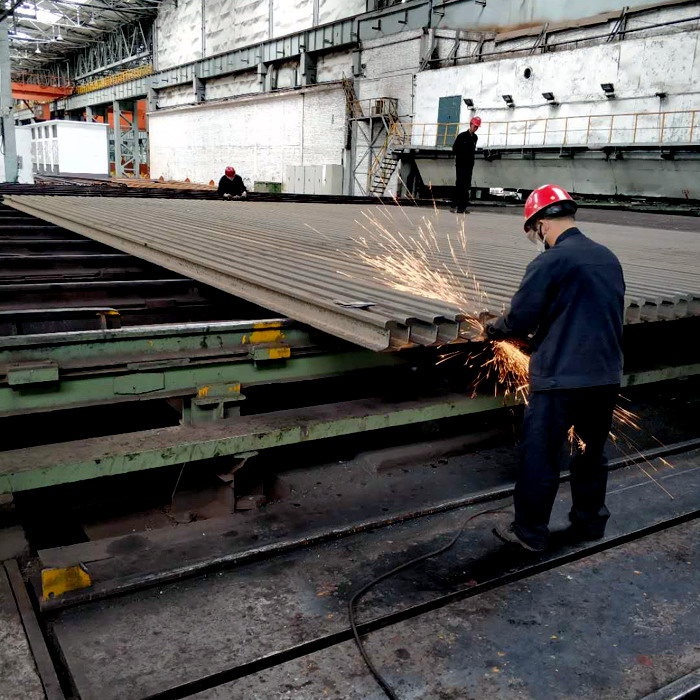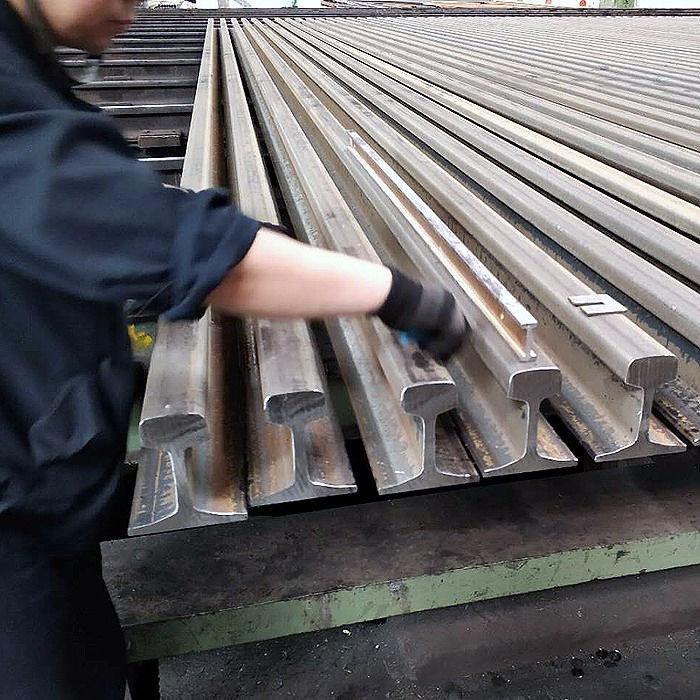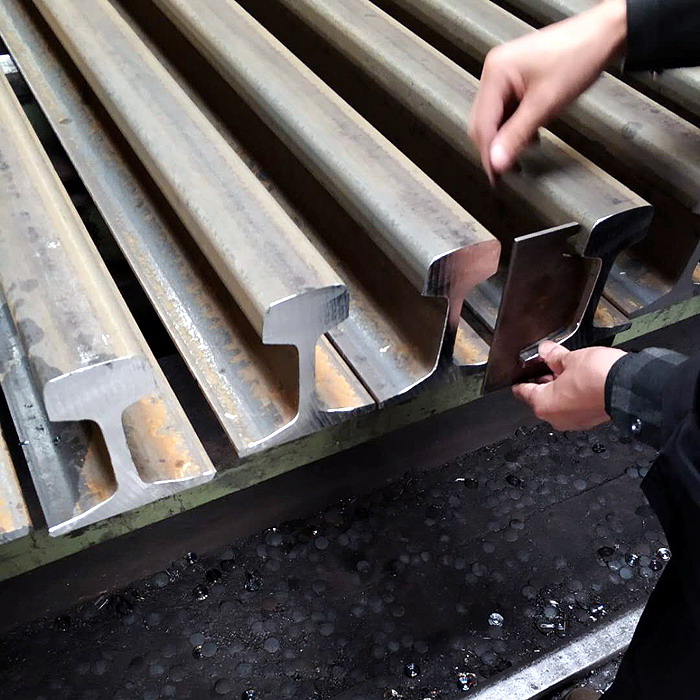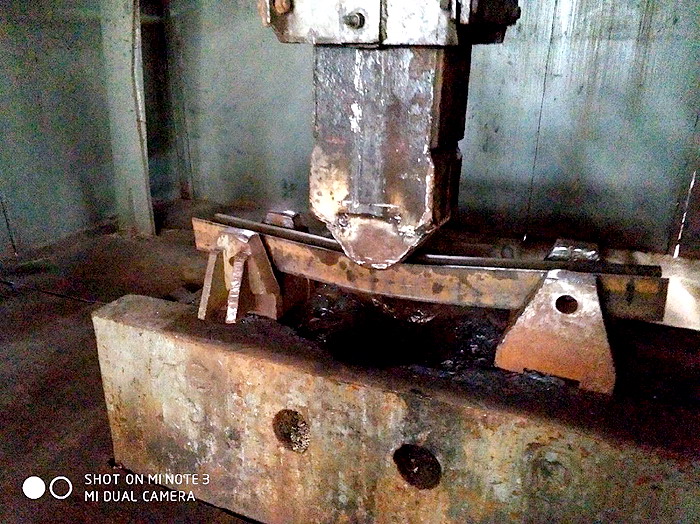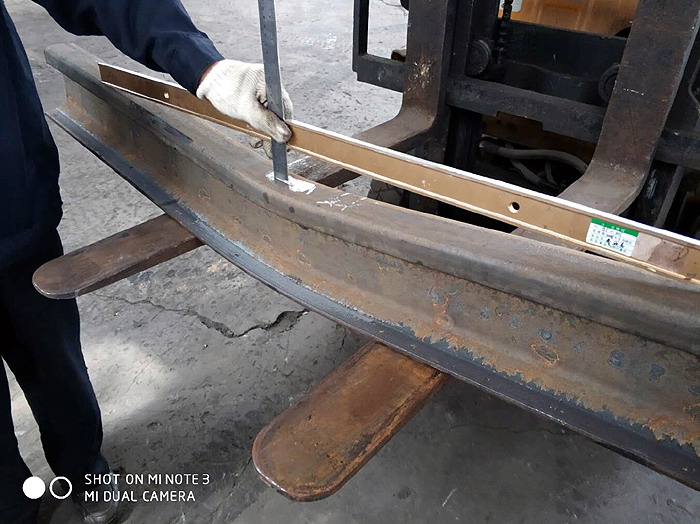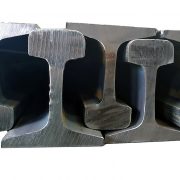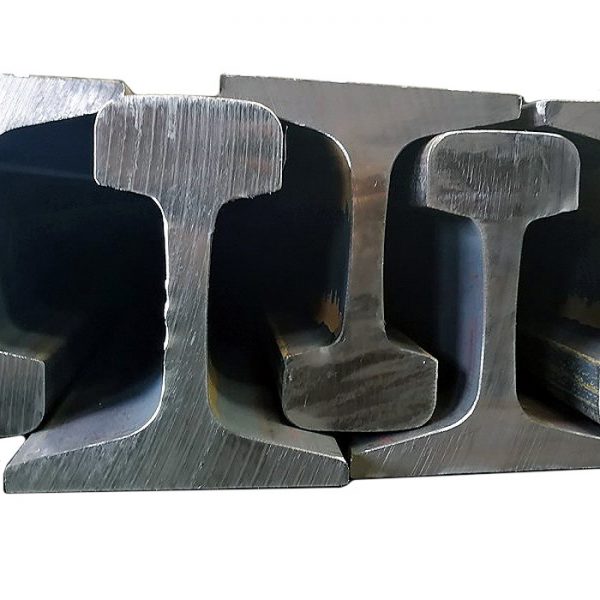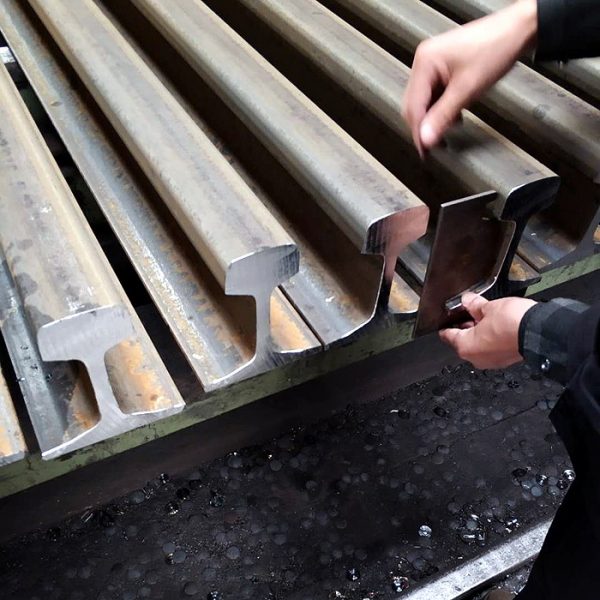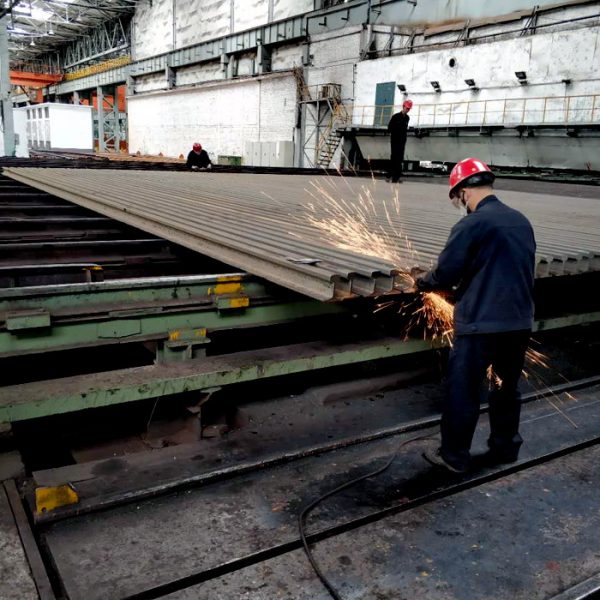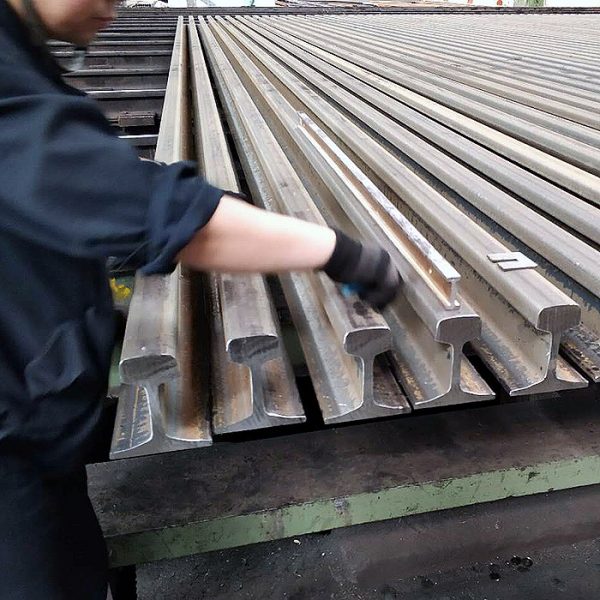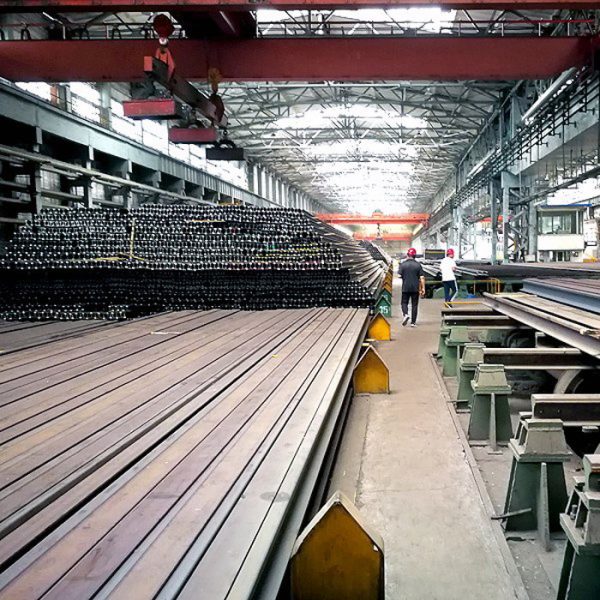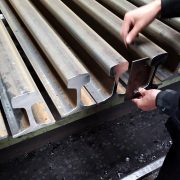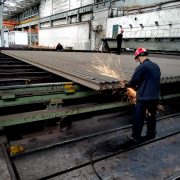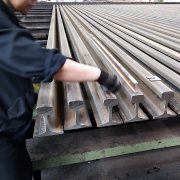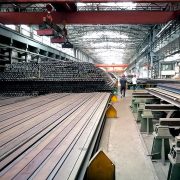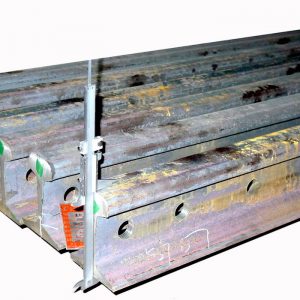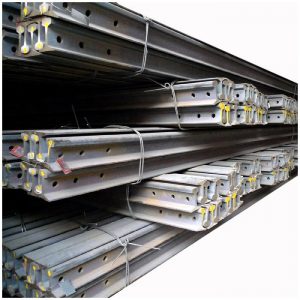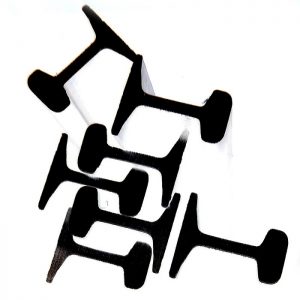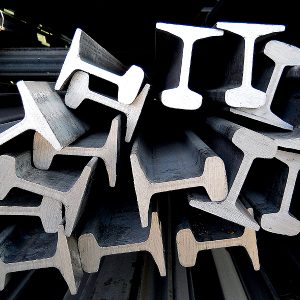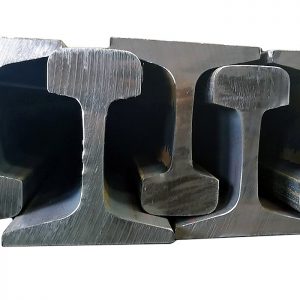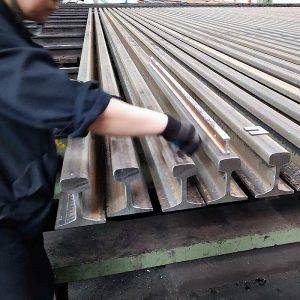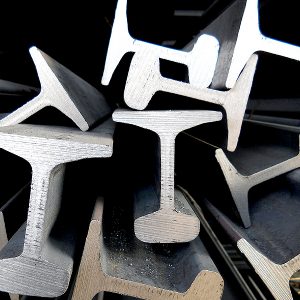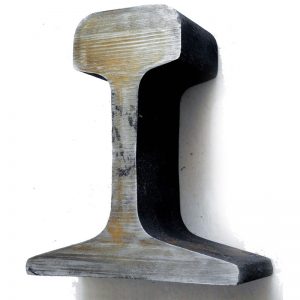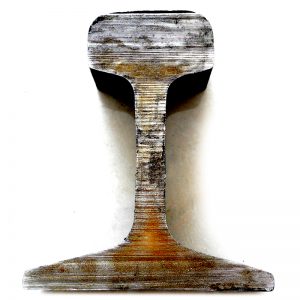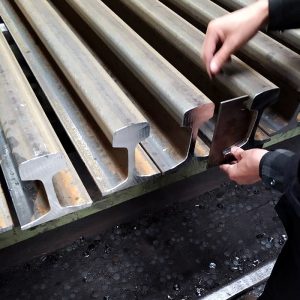BS90A steel rail
$750.00 $700.00
- Grade: 900A/1100
- Rail Heigth: 142.88mm
- Bottom Width: 127mm
- Web Thickness: 13.89mm
- Head Width: 66.67mm
- Length: 12-25m
- Model Number: BS90A (45E1)
- Type: Heavy Rail
- Application: Railway Rail
- Weight: 45.1 kg/m
- Secondary Or Not: Non-secondary
- Bolt Hole Diameter: non
- Old type: BS11-1985 Standard BS90A steel rail
- New type: EN13674-4 45E1 900A light steel rail
- Material: UIC860V 900A/1100
- Certificate: 3.1 MTC or 3.2 EN10204 Certificate
- Other name: 45E1 steel rail
- Producing standard: UIC860V
- Description
- Producing and inspection specification
- Strict third inspectio by Lloyd's register
- Inquiry
-small.jpg)
Drawing of BS90A steel rail
| Specification: BS90A | |||||||
| Standard: BS11-1985 | |||||||
| Material: 700/900A | |||||||
| Length: 12-25m |
BS90A steel rail is a type of railway track that adheres to the British Standard (BS) specifications. It is commonly used in the United Kingdom and other regions where BS standards are followed for railway infrastructure projects.
The BS90A steel rail has a weight of 90 pounds per yard (approximately 45 kilograms per meter) and features a standard profile that is suitable for use in mainline railways, industrial railways, and heavy-duty freight transportation applications. It has a height of 171 millimeters, a base width of 132 millimeters, and a head width of 76 millimeters. The rail also has a web thickness of 20 millimeters and a flange thickness of 23 millimeters.
One of the key advantages of the BS90A steel rail is its high load-bearing capacity. It is designed to withstand extremely heavy loads and frequent use, making it ideal for use in ports, shipyards, steel mills, and other industrial settings where heavy loads need to be lifted and moved on a regular basis. The rail is made from high-quality steel that undergoes rigorous manufacturing processes to ensure optimal mechanical properties and durability.
In addition to its high strength and load-bearing capacity, the BS90A steel rail is also designed with safety in mind. It features a continuous welded structure that minimizes the risk of rail breaks or derailments, and it is equipped with special fittings such as fishplates, bolts, and clips that ensure a secure connection between the rails and prevent movement or displacement.
The BS90A steel rail is easy to install and maintain, thanks to its standardized dimensions and fittings. It can be installed using a variety of methods, including direct fixing, clamping, or welding, depending on the specific requirements of the application.
To ensure the quality and reliability of the BS90A steel rail, it undergoes rigorous testing and certification processes before being approved for use. These tests include tensile strength tests, impact tests, and fatigue tests, among others, to verify the rail’s mechanical properties and performance under different operating conditions.
The BS90A steel rail is widely used in the United Kingdom and other regions where BS standards are followed for railway infrastructure projects. However, it can also be used in other countries where similar rail profiles are used, provided that the necessary adaptations are made to the rail infrastructure.
In conclusion, the BS90A steel rail is a high-performance railway track that is specifically designed for use in mainline railways, industrial railways, and heavy-duty freight transportation applications. Its high load-bearing capacity, strength, durability, and safety features make it an ideal choice for industrial settings where heavy loads need to be lifted and moved regularly. As a supplier of railway track products, we offer a range of high-quality BS90A steel rails and related components to meet the needs of our customers. If you require more information or would like to request a quote, please do not hesitate to contact us.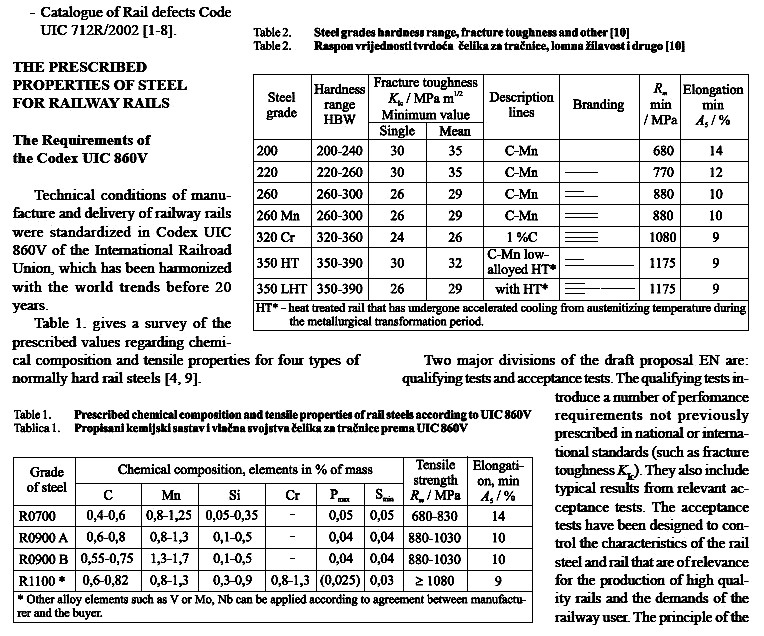
Standard EN 13674 - 1:2003 consists of two main parts:
− qualification test and acceptance tests
Qualification tests are some other tests that were previously carried out, as for example, fracture toughness. Acceptance tests characterize the properties of the prescribed tests, which ensure production of high quality rails, and testing requirements of railway administration.
Quality of rails is based on measured values of hardness, by which they introduced new labels for steel rails.
Qualifying tests
Qualification testing must be conducted at least one in five years and the major
changes in technology, production rails. Additional testing residual stresses are carried
out on all types of steel rails every two year maximum, provided that the longitudinal
strain rate in the rails can amount to up to 250 MPa.
The prescribed qualifying examination is the following:
− fracture toughness
− fatigue crack growth rate
− fatigue testing
− residual stress in rail foot
− variation of centre line
− tensile strength and elongation
− segregation
− other qualification requirements
Acceptance tests
Within acceptance testing is carried out a series of laboratory tests such as:
− chemical composition (the maximum content of the following elements: H, O, Al, V, N and oligo elements)
− microstructure (increasing x 500)
− degree of decarburizing charred layer (allowed up to 0.25 mm)
− purity of steel (especially the presence of oxide)
− macrostructure (Baumann test)
− hardness
− tensile strength
Other acceptance testing rails are:
− dimension tolerances
− criteria (control template)
− inspection requirements / tolerances for to internal quality and surface quality
Internal state is examined ultrasound in a continuous process control, and includes at least 70% of the head and at least 60% web.
- Standard of UIC 860 V: 1996 - prescribed four types pearlite steel rails in the range of tensile strength from 700 to 1300 MPa.
- Standard EN 13674 - 2003, provides seven types pearlite steel hardness in the range 200 to 390 HBV, types steel in accordance with EN 13674, based on the values of hardness (R 200, R 220, R 260, R 260 Mn, 320 Cr, 350 HT, 350 LHT).

